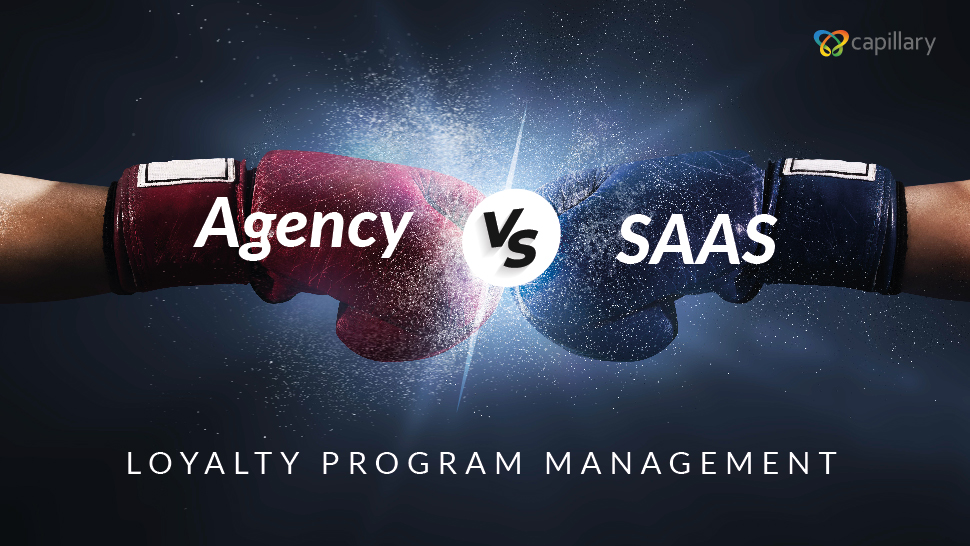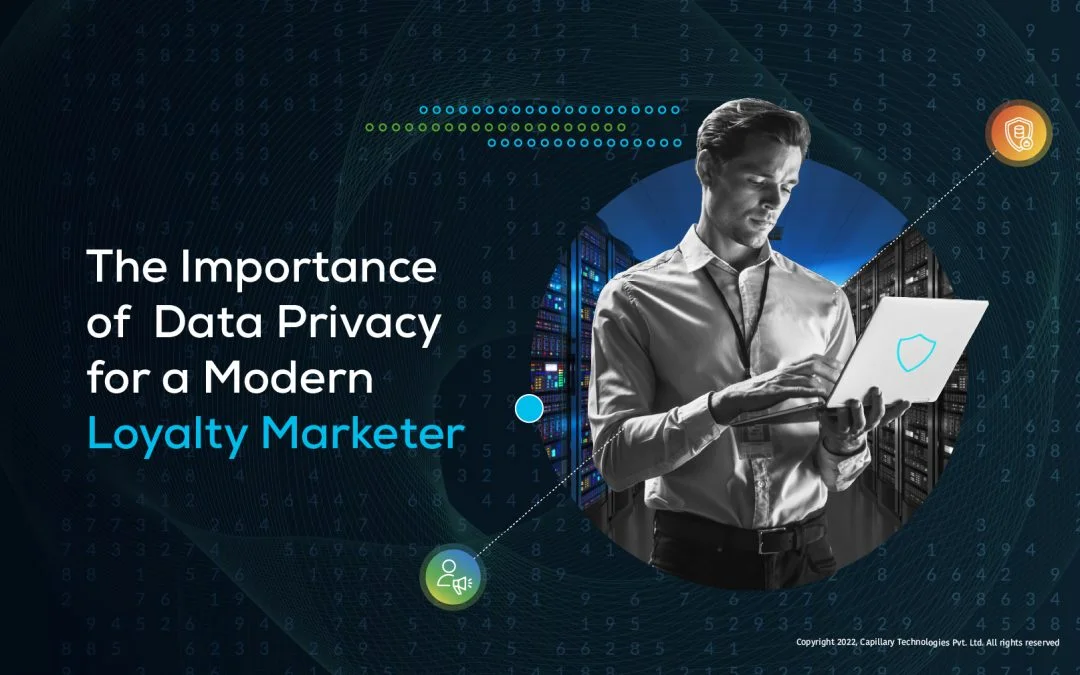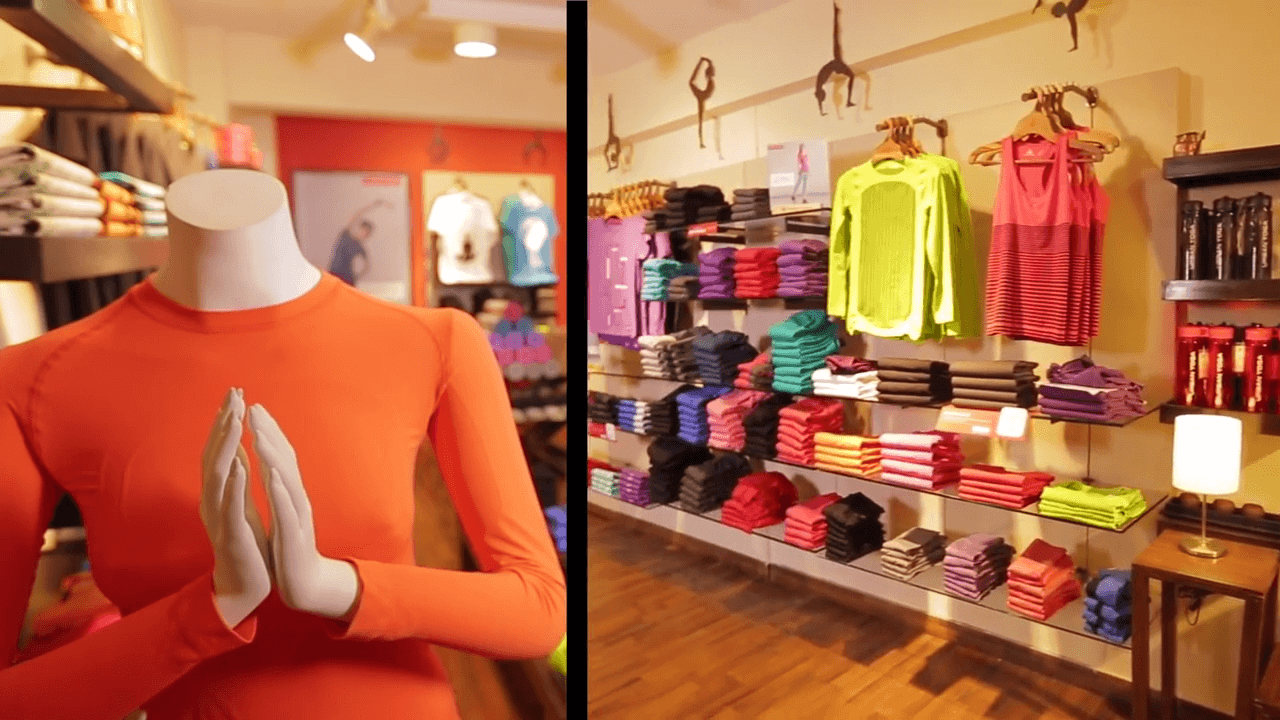- Design industry shaping loyalty programs
- Integrate easily and go live quicker
- Deliver hyper-personalized consumer experiences
Blue Rewards from Al Futtaim Group Shares Loyalty Success Stories and Evolution. Watch Podcast >
Capillary Announces 2nd Annual Captivate 2025 Summit: Transforming Loyalty Management with New AI Tech Read more >

The loyalty application market has undergone a seismic shift. Once dominated by the era of large agencies crafting bespoke solutions for Fortune 500 brands, this traditional approach—though effective in its time—was costly, complex, and fraught with technical hurdles. Back then, loyalty management relied heavily on agency partnerships to design and implement programs. While some of the most iconic loyalty initiatives emerged from this model, the landscape has evolved, and so have customer expectations.
Today, technology is rewriting the rules of loyalty marketing. The rise of SaaS (Software as a Service) is reshaping how brands approach loyalty, offering agile, scalable, and cost-effective solutions redefining what’s possible. In this piece, we’ll explore how today’s SaaS loyalty platforms empower brands to innovate and adapt to create loyalty programs that meet the modern consumer’s demands.
The loyalty management market is estimated to be more than $10 billion and the USA is the most advanced in terms of acceptance. Most of the major brands have had ongoing loyalty programs and for many of them, Loyalty is a separate business line in itself. For instance, in the first six months of 2023, Delta reported cash sales from loyalty marketing agreements worth $3.4 Billion, or approximately 12% of their revenue over the same period (read more).
With the advent of cloud-based technologies (AWS arrived in 2006), a loyalty SaaS offering also came into the picture, and at Capillary Technologies, we’ve had the privilege of being one of the pioneering enterprises offering a SaaS platform for loyalty marketing (we started in 2008). Software as a service is basically a platform that brands can use to implement loyalty solutions in a quicker, more flexible, and more cost-effective manner.
There are multiple reasons why brands are opting for SaaS technology over the traditional agency-led approach.
With SaaS, a brand doesn’t have to invest as much in technology resources, worry about integrations, or take a large risk. Brands can choose to start with a small pilot and scale as they succeed. The SaaS provider does all the technological heavy lifting of managing data and having integrations in place through APIs so that it can work with your existing technology systems. Along with this, SaaS platforms also offer a high degree of flexibility.
For example, a large conglomerate in the Middle East shifted from an agency-led model to Capillary because it wanted to do a lot many things with its loyalty program and deliver a superior customer experience. Early in September, the brand wanted to go live with more than 50 employee offers, 26 promotions (including six cashback deals), and a game – all in one day. And this wasn’t part of the earlier plan but they could still do this easily and efficiently with Capillary. If this were repeated on any agency model in the USA, customers would need to spend around $300K as a change request on developing and delivering these promotions by coding on the platform. It would have taken at least 2 months to deliver! But with a SaaS platform, this is instantly possible and without any extra cost.
Taking forth the first point, this is also possible because a loyalty SaaS platform has a product roadmap in place. Customers get access to the best in class technology which is being built by working with more than 250 brands across industries.
Capillary’s platform with its suite of products- Loyalty+, Engage+, Rewards+, Insights+; sitting on top of a powerful consumer data platform has touched more than a billion end customers and has offerings with learnings from implementing more than 100 enterprise loyalty programs.
Developments in the field of emotional intelligence (BLQ and Yawye partnership), investments in AI technology, nudge framework, and such results in pathbreaking features that would help loyalty marketers run better programs, delight customers, and achieve business goals. These features are not being built for a specific brand but the product roadmap is built with every sector in mind and any development gets rolled out to all brands on the platform.
Another big advantage of headless technology like Capillary is the extensive integration marketplace it comes with. For any brand, it is inevitable that it’ll have a number of technology systems in place, and for a new one to be implemented, it has to be compatible. Capillary comes with integrations for POS systems, to communication gateways to social integration, and more. Through APIs, a brand can connect to many of the major systems to ensure seamless data flow. With existing integrations, there is minimal technology resource requirement from the brand’s side which lets it go live much faster.
In the modern digital age, consumers are increasingly concerned about their personal data and it becomes critical to have airtight data security. For a brand to do this in-house is an uphill task considering this isn’t their forte. In an agency-led model, more third-party consultants would need to be brought in to ensure compliance. But in case of a SaaS platform like Capillary, it inherently needs to be compliant with regulations like GDPR, CCPA & PDPA for it to be able to offer its services across the globe. This again means that the brand can focus on what it does best and leave the data privacy regulations to the SaaS platform.
If you’re an enterprise brand aiming to elevate your loyalty strategy or build a program that truly stands out, Capillary Technologies offers you the best of both worlds. Here’s why: In early 2023, Capillary acquired Brierley+Partners, a renowned loyalty consultancy known for their innovative BLQ (Brierley Loyalty Quotient), a game-changer in measuring emotional loyalty. Combine this with Capillary’s state-of-the-art technology platform—recognized as a Leader in the Forrester Wave—and you have a powerful mix of expertise and cutting-edge tools to create ROI-driven loyalty programs that deliver real impact.
Ready to transform your loyalty game? Schedule a call with our Loyalty Experts today to explore our loyalty solutions.
SaaS loyalty, or Software as a Service loyalty solutions is a platform that enables brands to deploy loyalty solutions faster, more adaptable, and more cost-efficient.
SaaS loyalty models offer faster, more flexible, and cost-effective solutions with greater scalability and control, relying on AI for seamless updates. In contrast, agency-led models are service-driven, slower to adapt, and come with higher costs and limited scalability.
Capillary’s platform, powered by a robust consumer data foundation, has impacted over a billion customers, leveraging insights from 100+ enterprise loyalty programs. With innovations in emotional intelligence, AI, and a sector-agnostic approach, it delivers cutting-edge features to help marketers enhance loyalty and achieve business goals.

October 13, 2022 | 4 Min Read
64% of customers blame companies over anyone else, including

May 30, 2011 | 4 Min Read
Last year, Indus League launched One League, integrating sev

October 17, 2014 | 4 Min Read
Multi-channel retailing is the use of a variety of channels